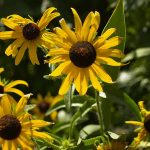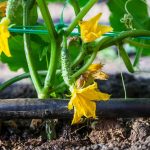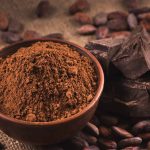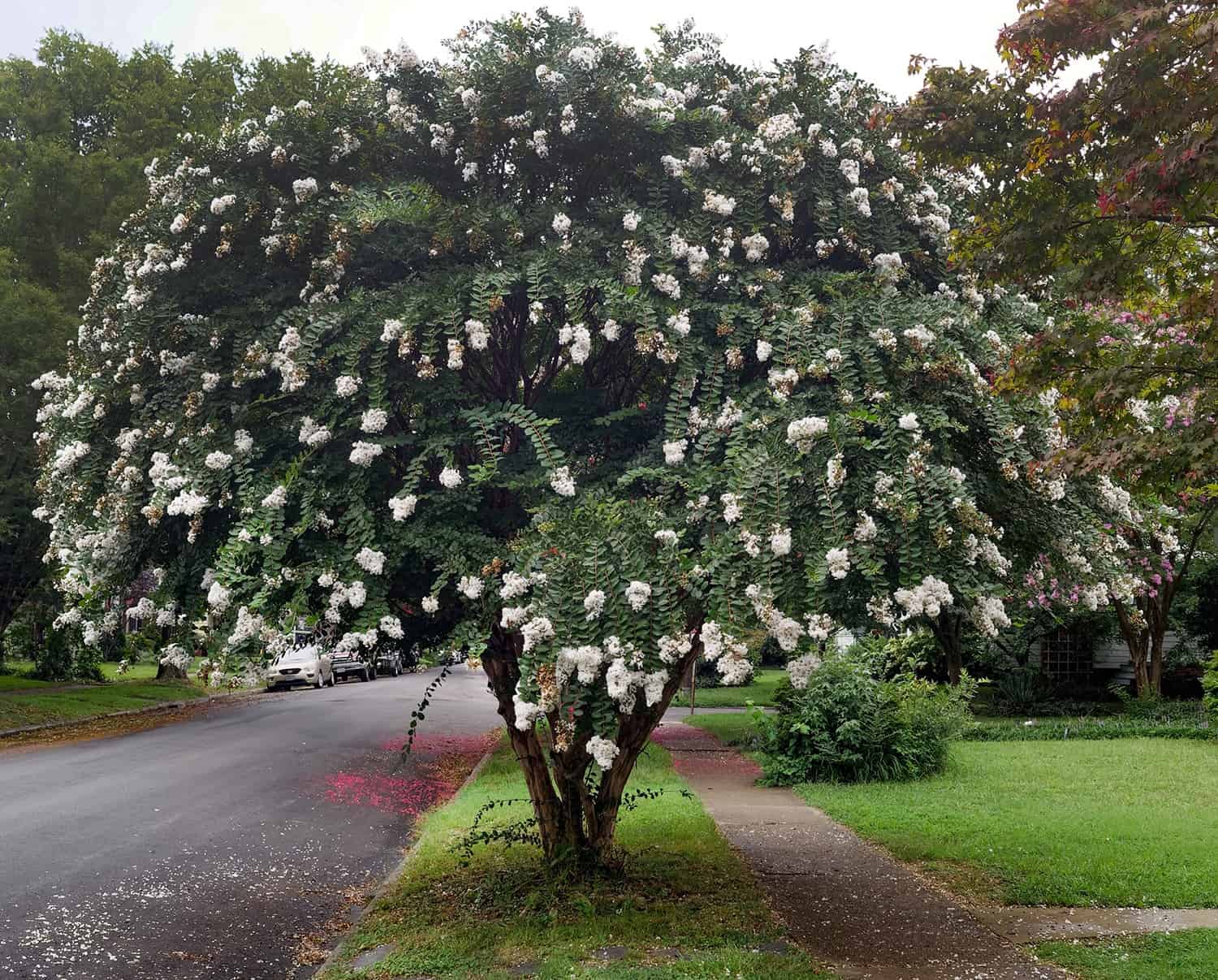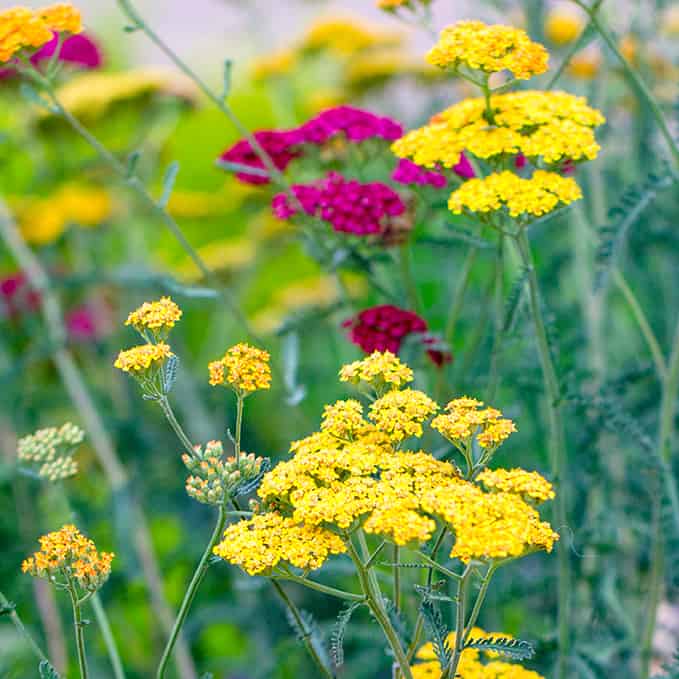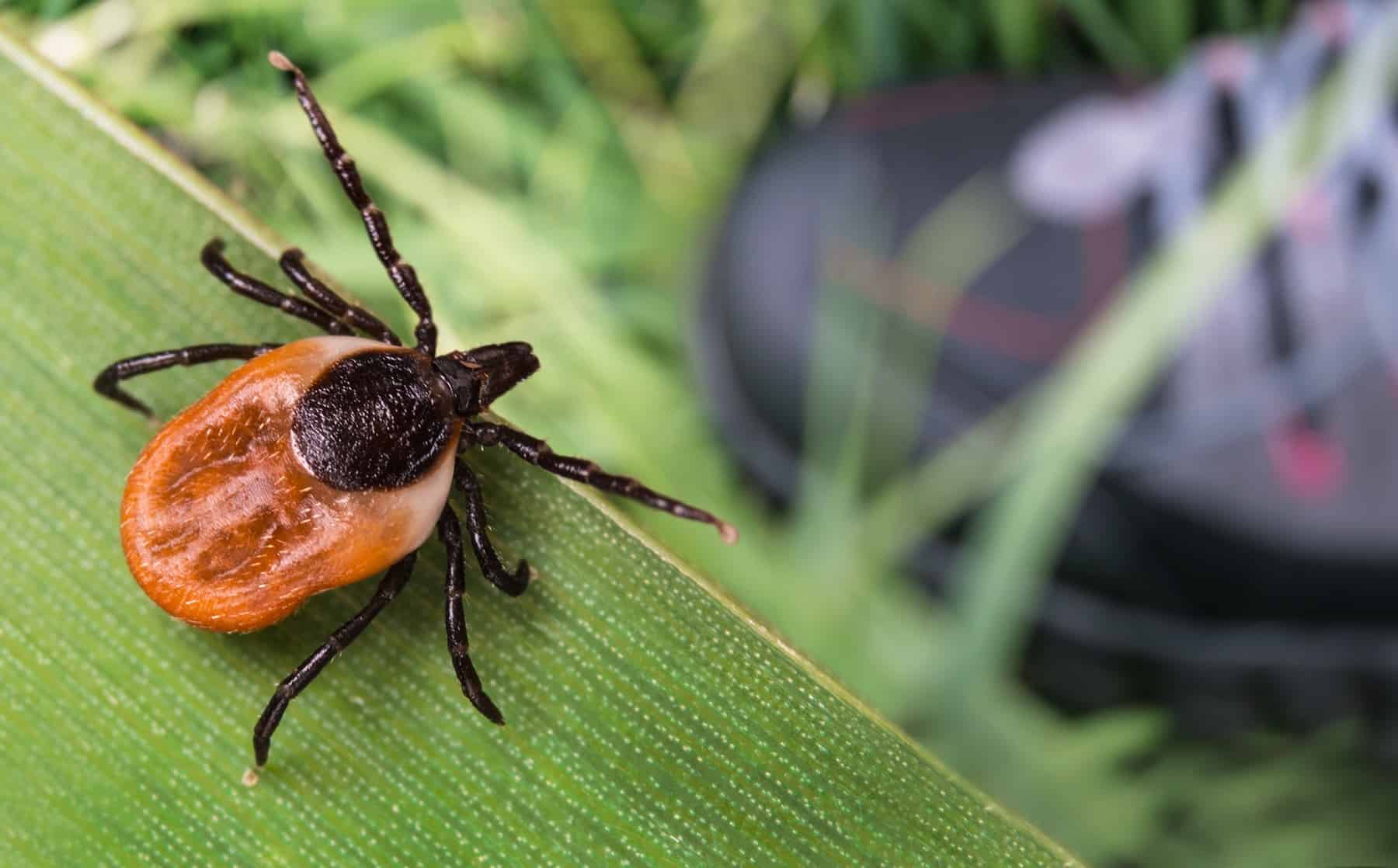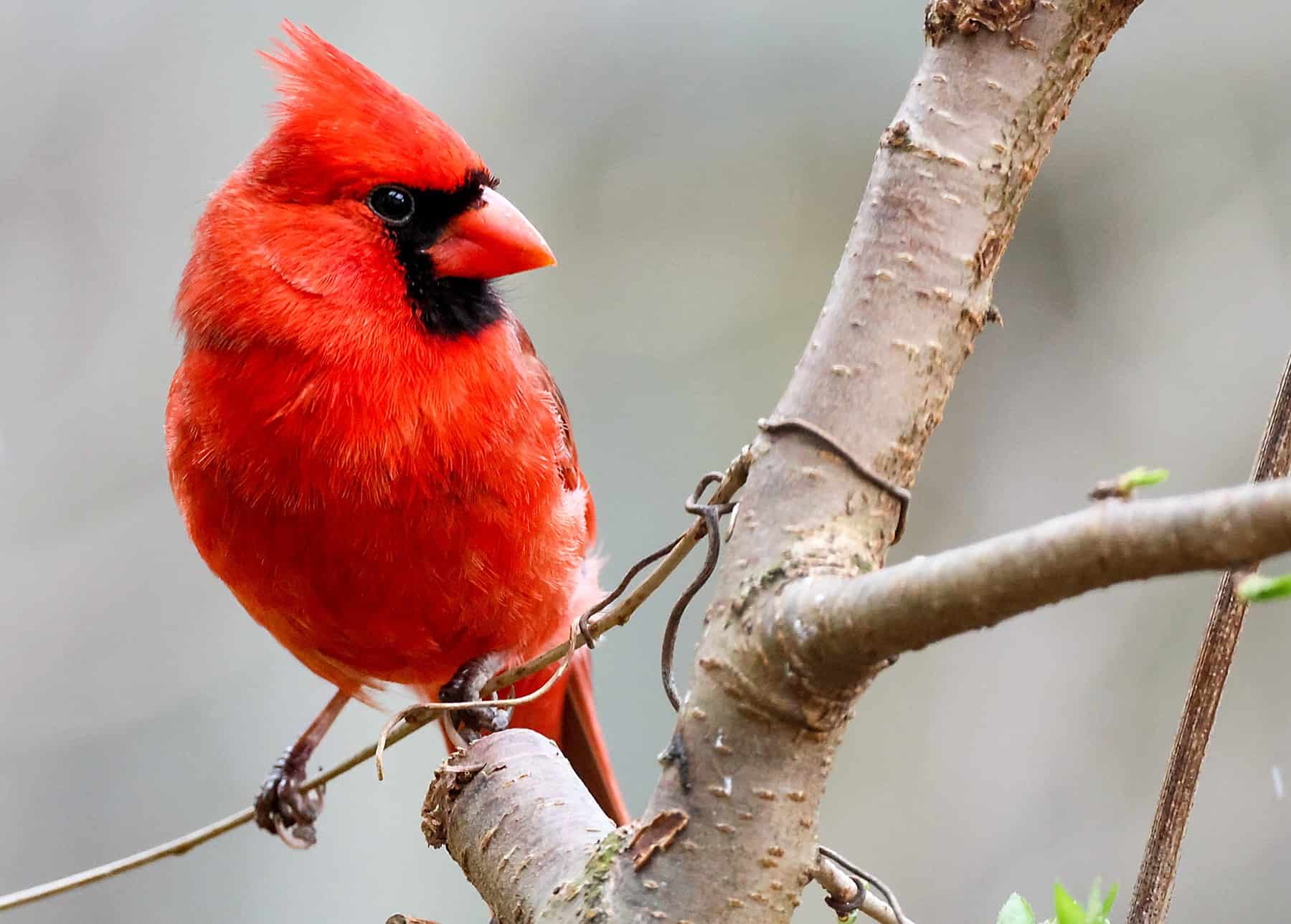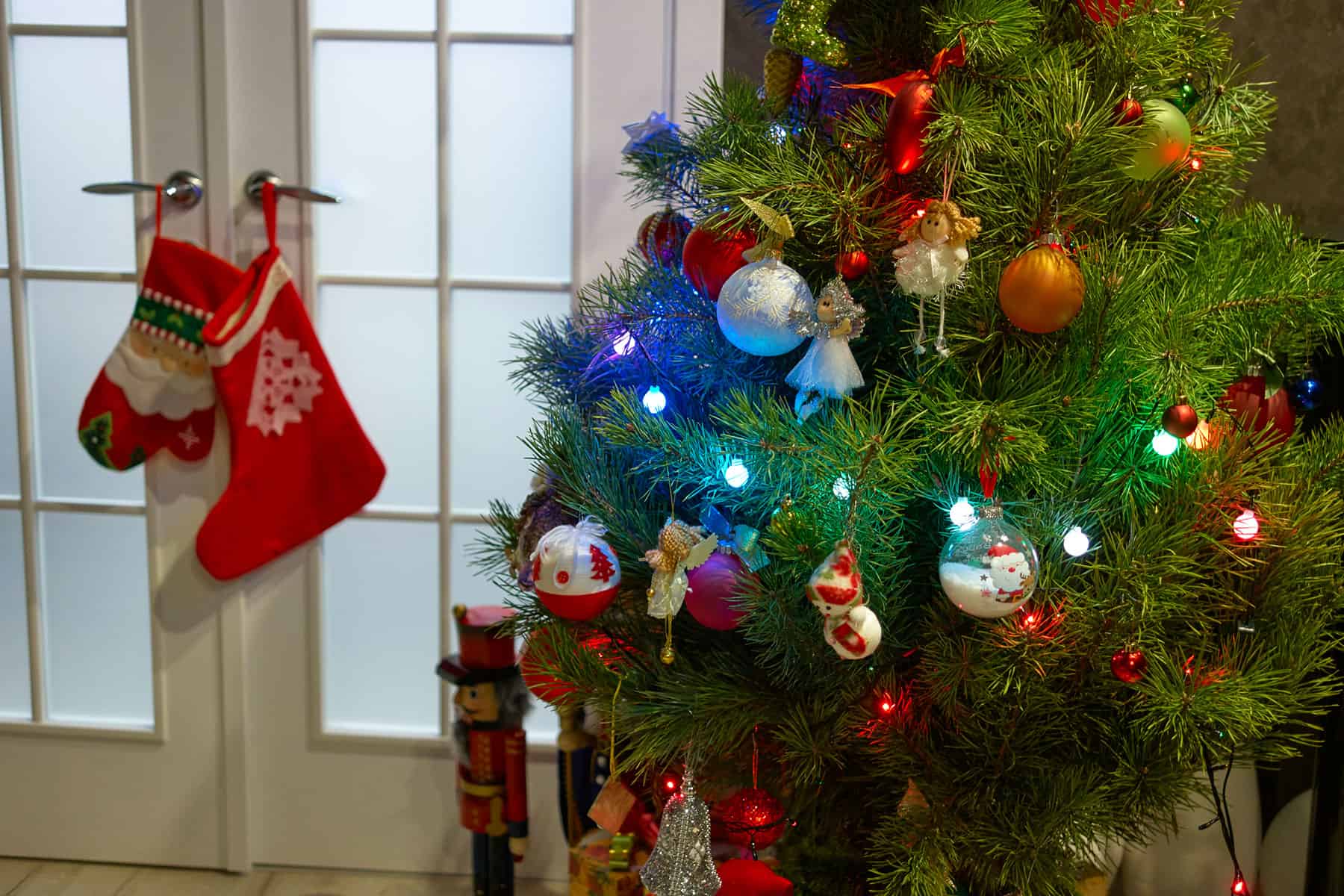[ad_1]
You could assume that the distinction between a tree and shrub are apparent – timber principally tower above your head and shrubs don’t. However that’s not all the time the case.
Take into account this: A dogwood tree (relying on the range) sometimes grows to a peak between 13-25 ft. Mountain Laurel shrubs (relying on the range) can develop 20-40 ft. So peak isn’t the defining attribute between timber and shrubs. Additionally, the mature peak of timber or shrubs can typically rely on rising situations (quantity of solar, shade or water, illness, pests, stress, competitors with different crops, and so on.).
What’s the botanical definition of a tree or a shrub?
We should always search for the botanical definitions of timber and shrubs to know the distinction for certain. However the issue is, neither is clearly outlined within the sciences. (You generally want a microscope to know the distinction).
Although no scientific definition exists to separate timber and shrubs, a helpful definition for a tree is a woody plant having one erect perennial stem (trunk) at the very least three inches in diameter at some extent 4-1/2 ft above the bottom, a positively shaped crown of foliage, and a mature peak of at the very least 13 ft.
So the rule of thumb is that if a plant is perennial (comes again each season), woody, has a single stem, and grows to a peak of at the very least 4-1/2 ft, it’s a tree. A tree additionally sometimes has branches above the bottom which can be supported by the stem, aka, the trunk.
If the plant is perennial, woody, and has no most important stem however a number of stems that stand upright or develop at floor stage, it’s a shrub. However not all the time. Are we clear?
Need to be taught extra? See these assets on timber and shrubs:
[ad_2]


